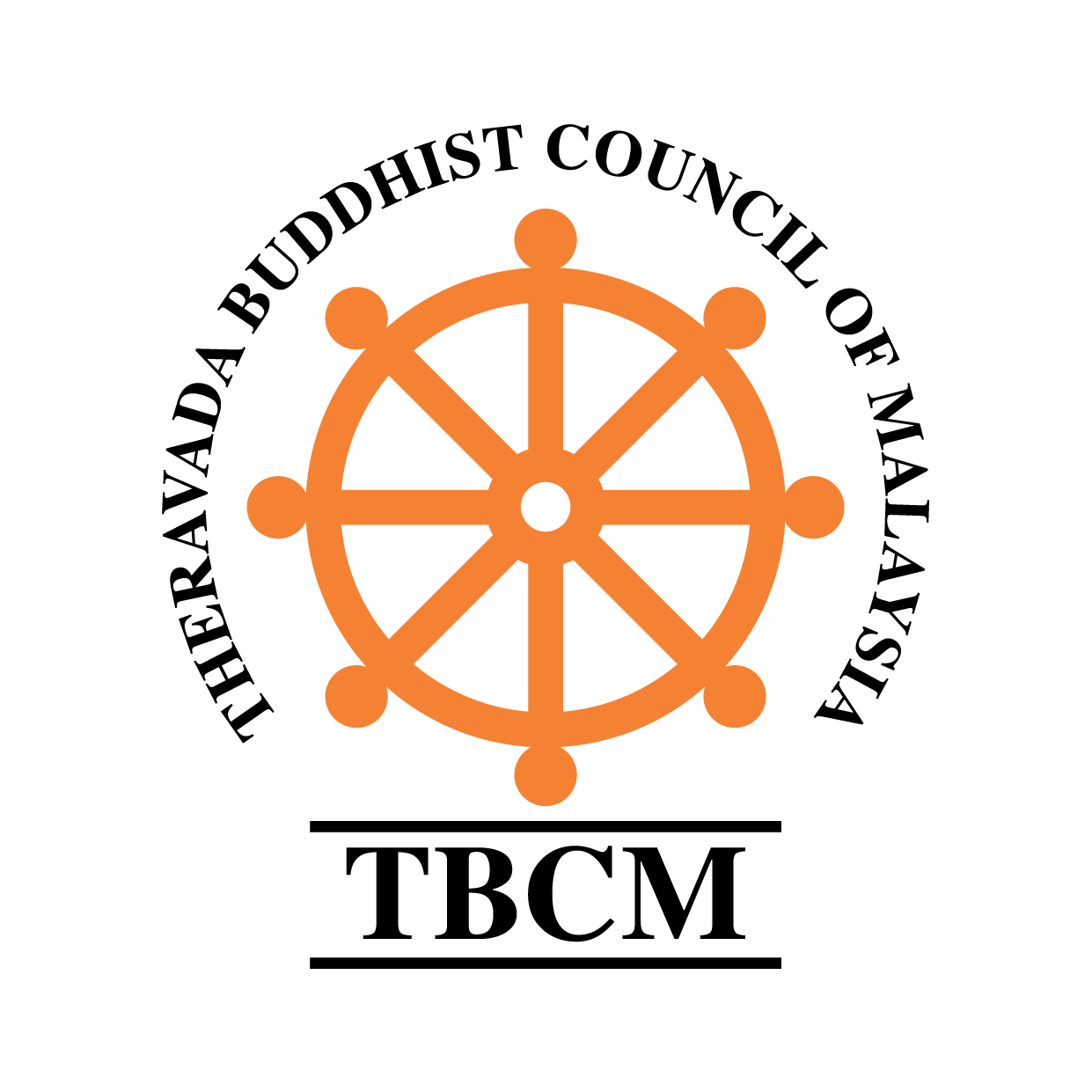Theravada Buddhist Council of Malaysia

Buddhism in Malaysia
The origin of Buddhism in Malaysia can be attributed to the Spice trade routes, that existed before the Common Era, which passed through the straits between Malaya and Sumatra. Trade was between Eastern points in Asia/Africa and China in the East. The land route through central Asia from China to India is known as the Silk route. Both the Silk and Spice routes are complementary and have seen the emergence of trade gateways at various land and maritime points for the exchange of goods.
The earliest Buddhist influence in Malaya has long been attributed to Indian influence and also the Malay kingdom of Sri Vijaya which was based in Indonesia. The Sri Vijaya Kingdom was responsible for the building of the mammoth Borobodur complex in Java, Indonesia.
Lembah Bujang, Kedah in northern Malaya bears testimony to this influence with archaeological findings of Buddhist sculptures and images up to the 5th Century AD and also Buddhist inscriptions. However, the announcement in 2011 by the Malaysian government of archaeological findings on what looks like the base of a pagoda dating back to the 1st Century AD is unprecedented, as this finding predates all archaeological sites in South East Asia to date. Only 10 % percent of the 90 identified archaeological sites in Lembah Bujang have been excavated so far, fuelling fresh debate to the actual site of the great Indian Buddhist Emperor Asoka’s Dhamma missionary to Suvarnabhumi (the Land of Gold).
